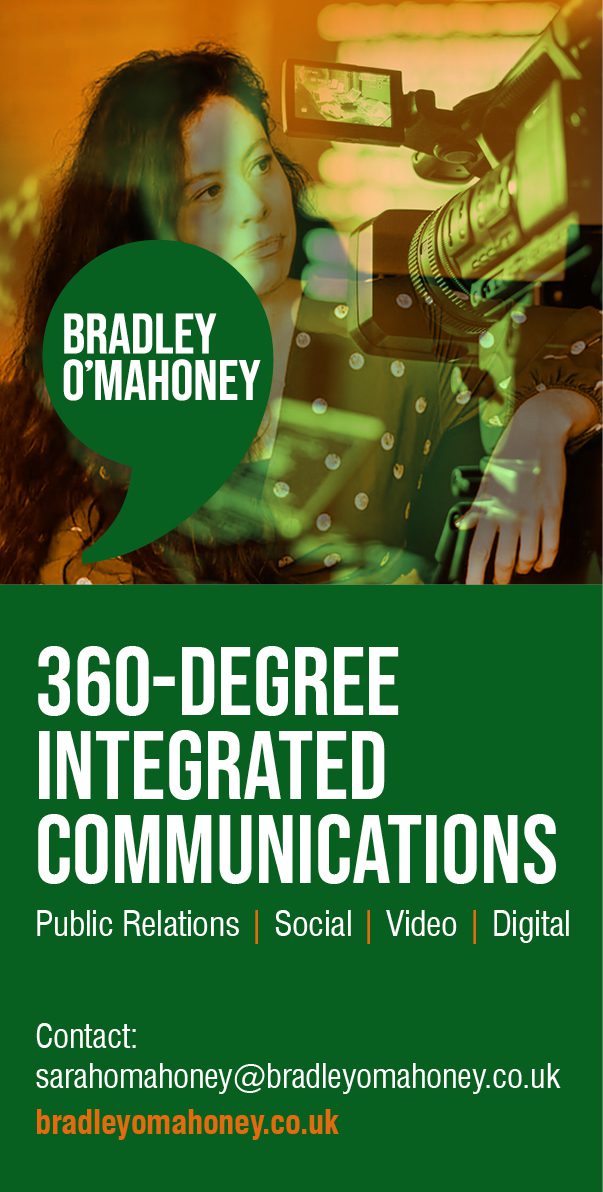By Kathryn Rodgers, face2faceHR
How to build LGBTQ+ inclusion into your hiring process.
As Pride Month invites reflection on LGBTQ+ inclusion, it’s also a powerful prompt for organisations to look closely at how inclusive their recruitment processes really are. It’s not enough to say “everyone is welcome.” A truly inclusive hiring approach actively reassures LGBTQ+ candidates that they’ll be respected, valued, and safe.
So, how inclusive is your recruitment?
Here are five key areas worth reviewing.
Job descriptions: The power of language
The words we use shape perceptions. Job ads full of gendered language or culturespecific clichés can unintentionally send the wrong message. Phrases like “must fit into a fast-paced, young team” may alienate candidates who don’t see themselves represented.
Tips:
Use gender-neutral pronouns (e.g. “they” instead of “he/she”).
Ditch stereotypical descriptors and corporate buzzwords that suggest a narrow fit.
Include a clear statement on inclusion and belonging to reinforce your commitment to diversity.
Application forms: Built for everyone?
Application forms can be a clear indicator of how much thought has gone into genuine inclusivity.
Check for:
Gender options beyond just ‘male’ or ‘female’, and consider adding a free-text field.
Title selections that include inclusive options like ‘Mx’, or consider removing title fields altogether.
Preferred name fields so candidates can indicate the name they use, which is essential for trans and non-binary applicants.
Your internal systems should also allow for name and gender changes during employment, signalling long-term inclusivity.
The interview process: Reducing bias, building trust
Interviews are high-pressure moments – even more so for LGBTQ+ candidates who may have experienced discrimination in the past.
Inclusive practices include:
Training hiring managers on unconscious bias and LGBTQ+ awareness.
Avoid overly personal or identity-related questions unless relevant and handled sensitively.
Ensuring interview panels are diverse, reinforcing your commitment to representation.
Even small gestures, such as stating pronouns at the start of an interview, can help set the tone for a more welcoming environment.
Representation: What do candidates see?
Before applying, candidates will explore your online presence. If your website, careers page, or social media show no visible commitment to LGBTQ+ inclusion, they may assume your workplace isn’t safe for them.
Show you’re serious by including:
Stories or testimonials from LGBTQ+ employees.
Evidence of inclusive policies and employee networks.
Visible support for Pride Month and other moments of LGBTQ+ visibility.
Tracking progress: The role of data
You can’t improve what you don’t measure. Inclusive recruitment requires accountability, but collecting data around sexual orientation and gender identity must be done with care.
Use anonymous surveys or voluntary selfID processes and be transparent about:
Why is the data being collected?
How will it be used?
How will it be protected?
This builds the trust needed for honest responses and long-term improvement.
Final Thoughts
Inclusive recruitment isn’t a box-ticking exercise. It’s a visible signal that your organisation sees, hears, and values every candidate for exactly who they are.
HR professionals play a vital role in shaping that message. By weaving LGBTQ+ inclusion through every stage of the hiring journey, we can lead the way in building workplaces that are not only diverse but truly equitable and empowering.
Pride Month is a time to celebrate – but it’s also a time to act. Let’s make our recruitment practices reflect the kind of workplaces we all want to be part of. If you’d like guidance on making your recruitment practices more inclusive, feel free to get in touch.
Kathryn Rodgers
face2faceHR Newcastle
www.face2faceHR.com | 07946 330 025

